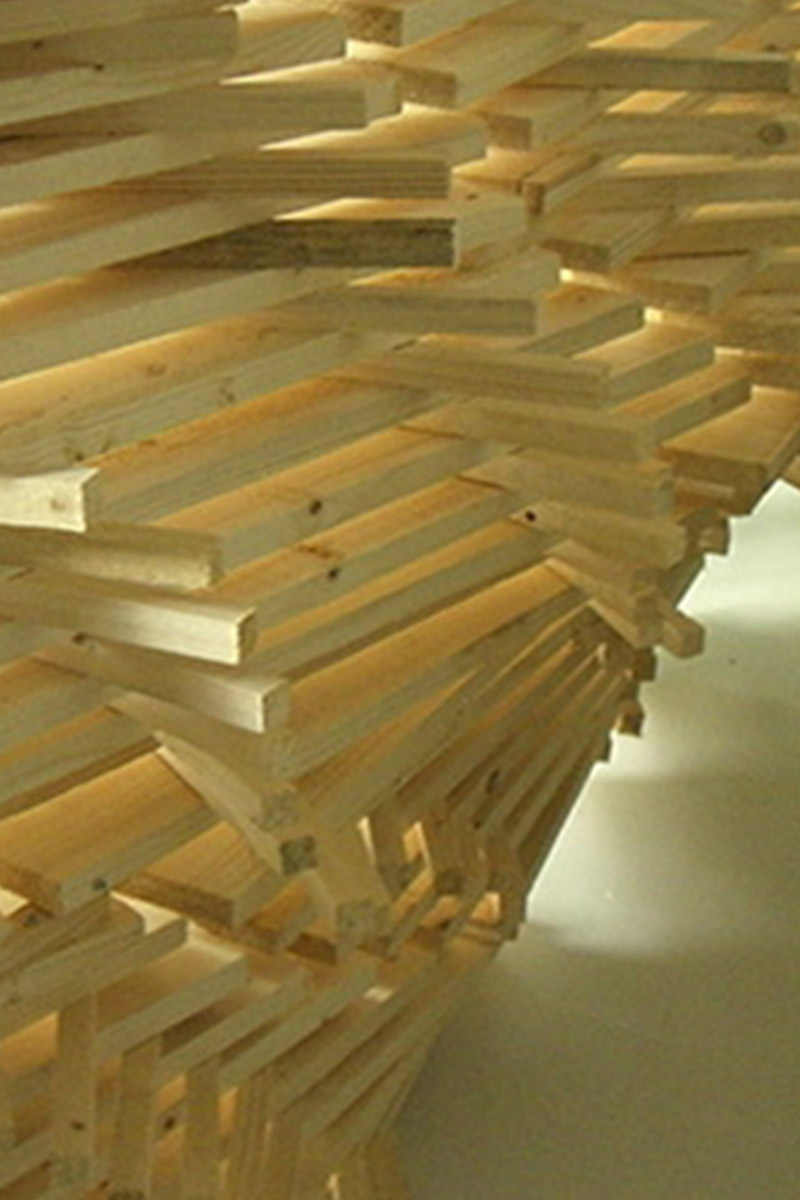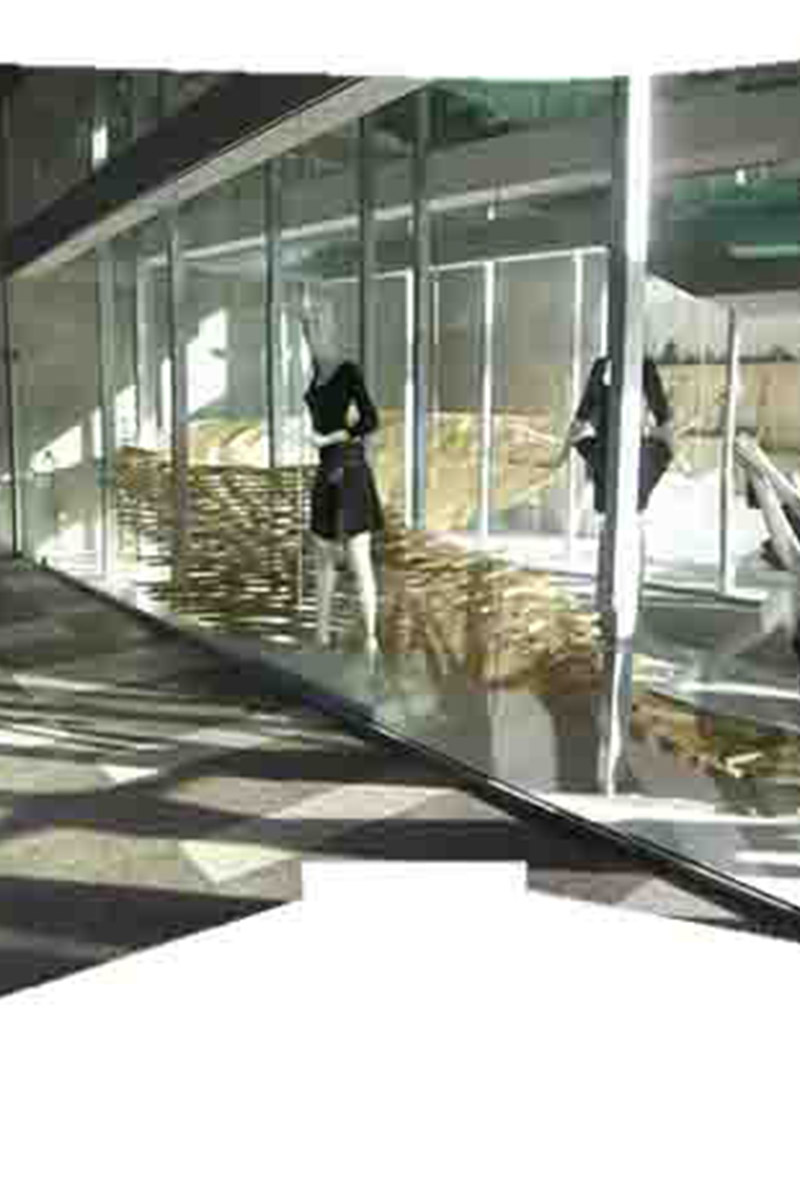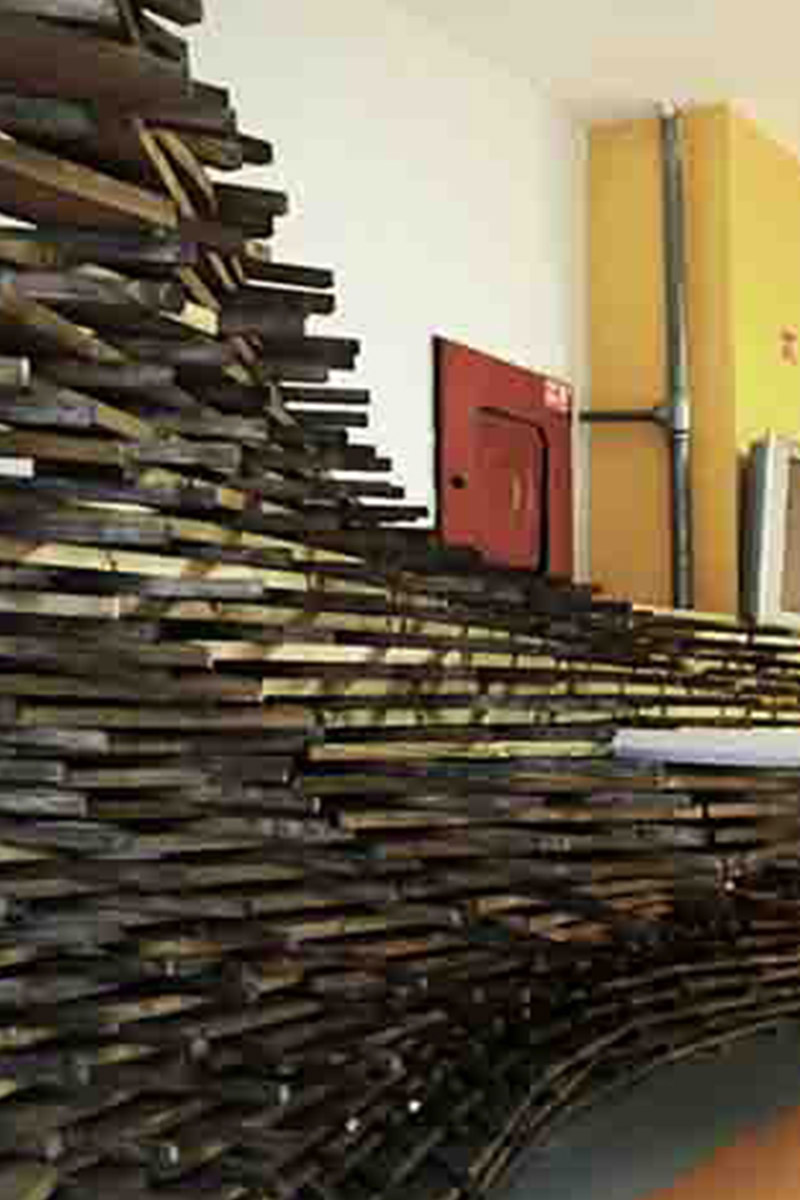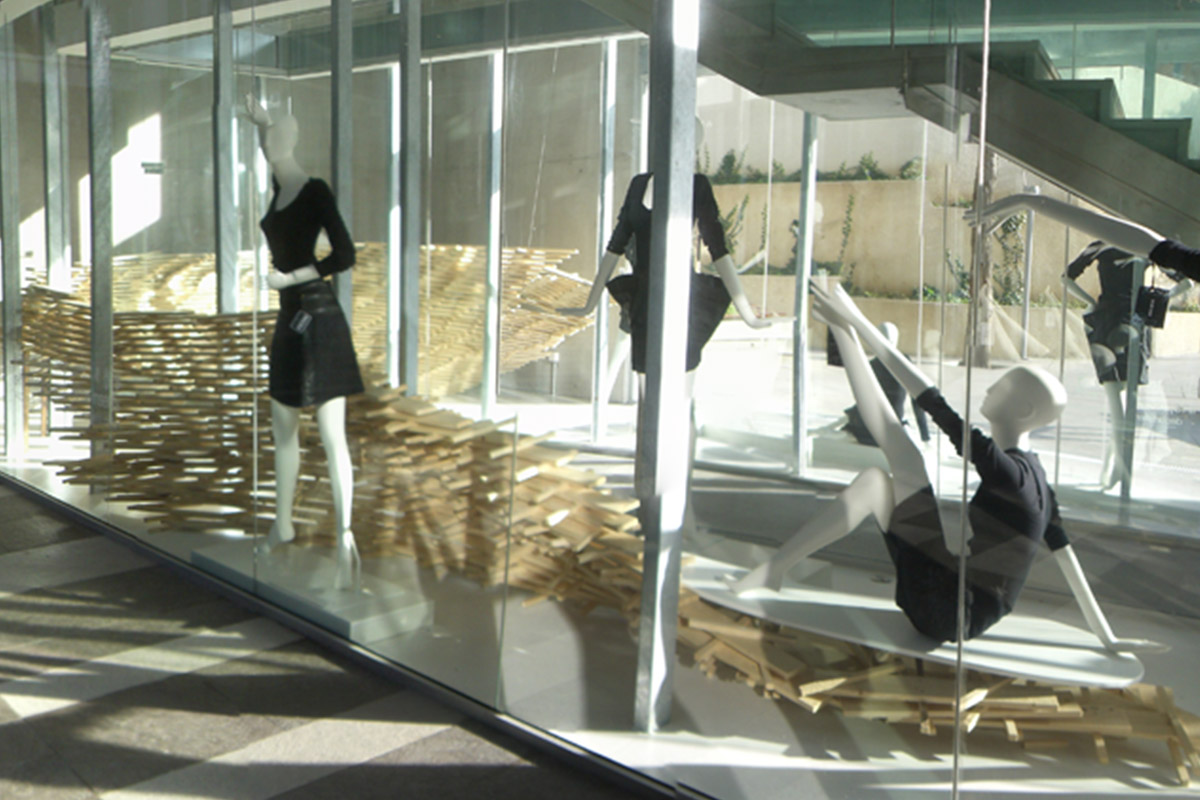Computational Design 1 & 2
Gudjon T. Erlendsson
Gregor Steven Weiss
Michael Young
Selma Goker Wilson and various students at the Faculty of Fine Arts IEU
Gudjon Thor Erlendsson
Experimentation into computational design methods. Leading to two additive component installation projects. These were made from mechanically fixed timber batons. Which used digital software for everything from the design process to the assembly instructions.
Method
A rule based code is developed in a three dimensional digital software. This becomes a responsive design able to adopt to different situations and locations. Here the process is applied to a wall which is able to adopt to the surrounding and enclosed elements like tables and chairs. Coupling this with a specific material system. One which is easy to manufacture and assemble without the use of CNC (Computer Numerically Controlled) machines. As these were not available to the design and assembly team.
Location
Both installation were set up at Izmir University of Economics. As a result of a digital design course for the final year students. Where the first installation Hyperwall 1 was set up in 2010. At the graduation exhibition for the Design Faculty. While Hyperwall 2 was installed a year later in 2011. As a shop window installation in collaboration with residential fashion designers.
Teaching and Learning
Making installations is an important part of the educational aim of the studio. Owing to the great deal of variety the work will give students. From learning simple computer coding, how to prepare manufacturing information to hands on making. Installation construction is consequently a great way to learn and develop as a designer.
We continue to develop teaching courses and workshops. Ranging from basic visual coding and computational design practices to manufacturing methods. And hands-on making and inventing courses.






